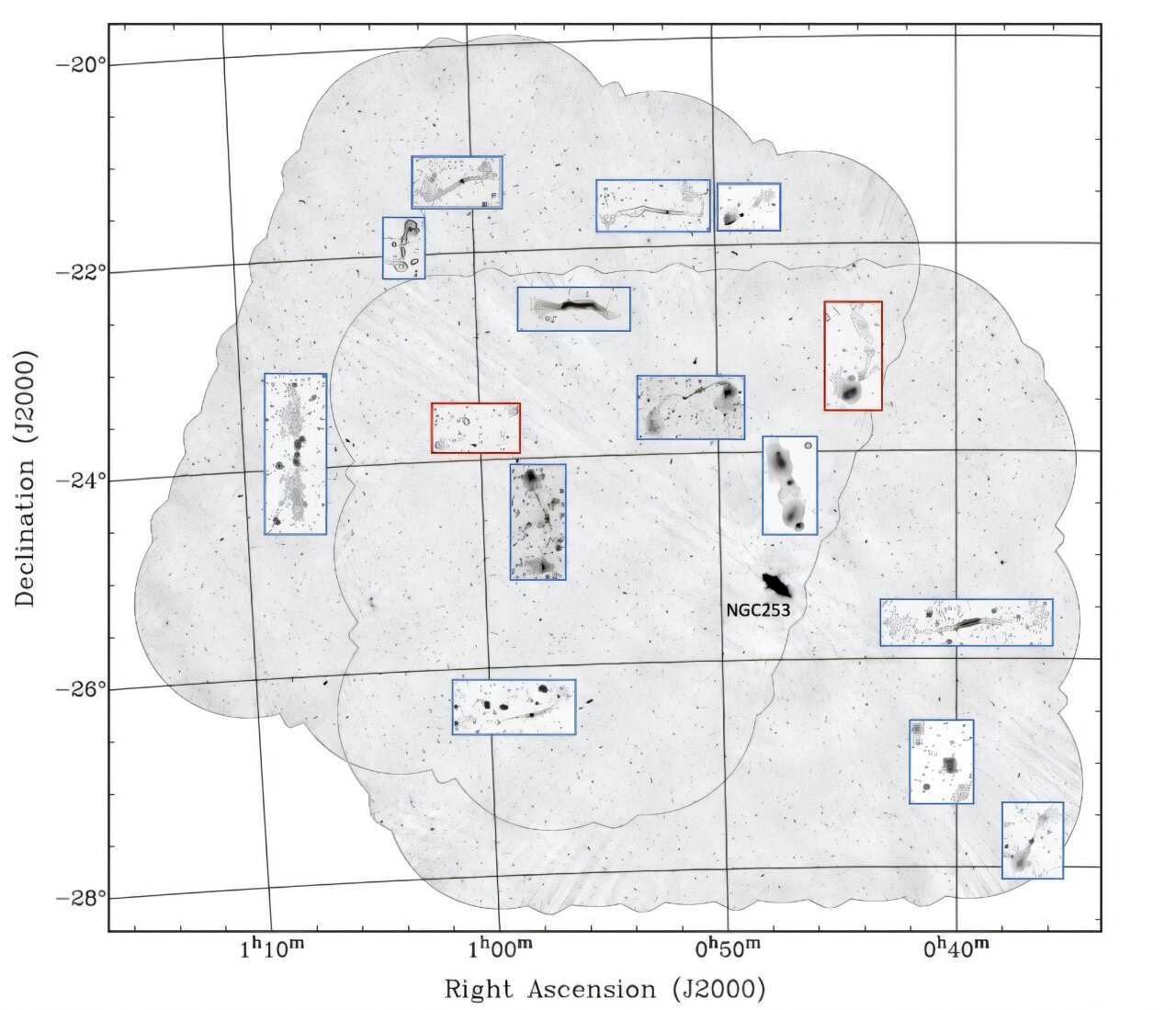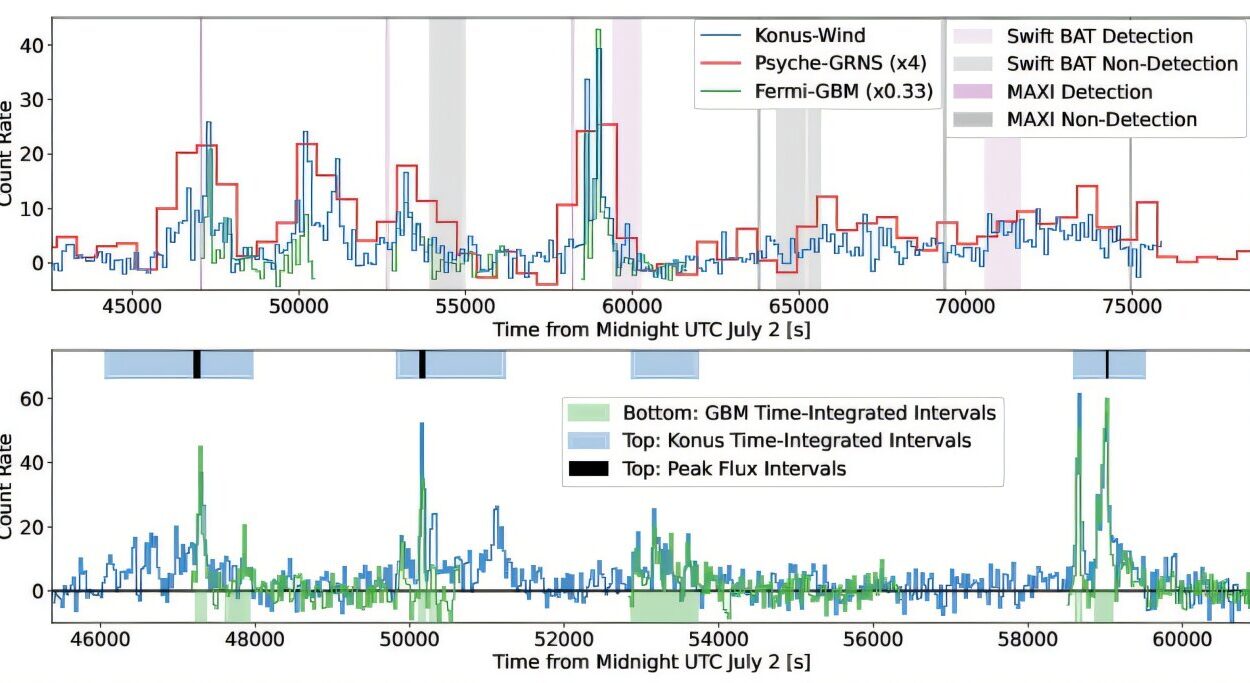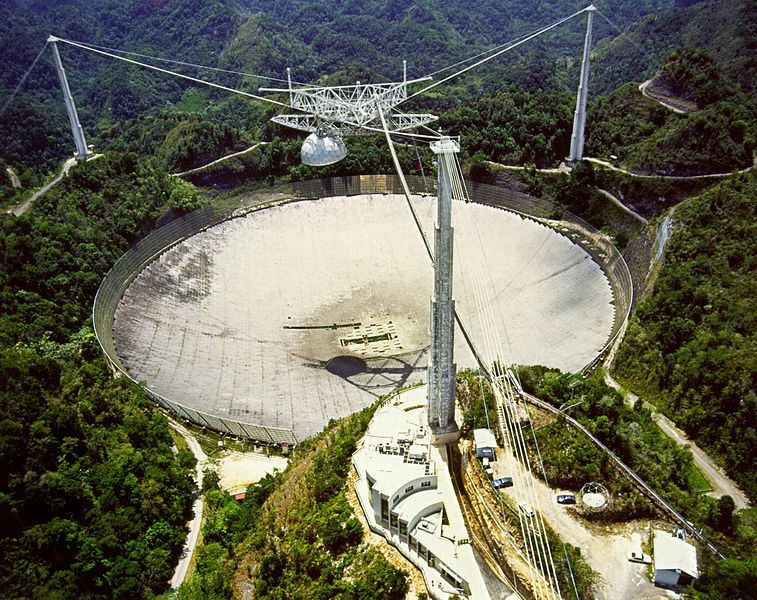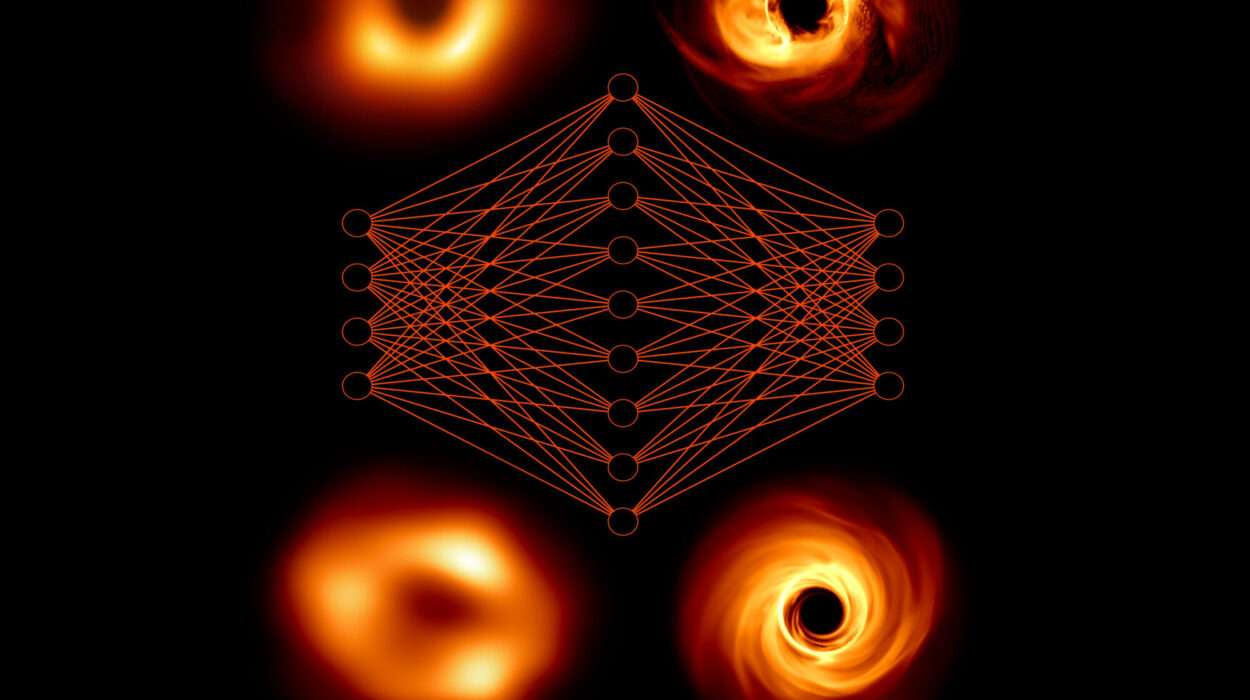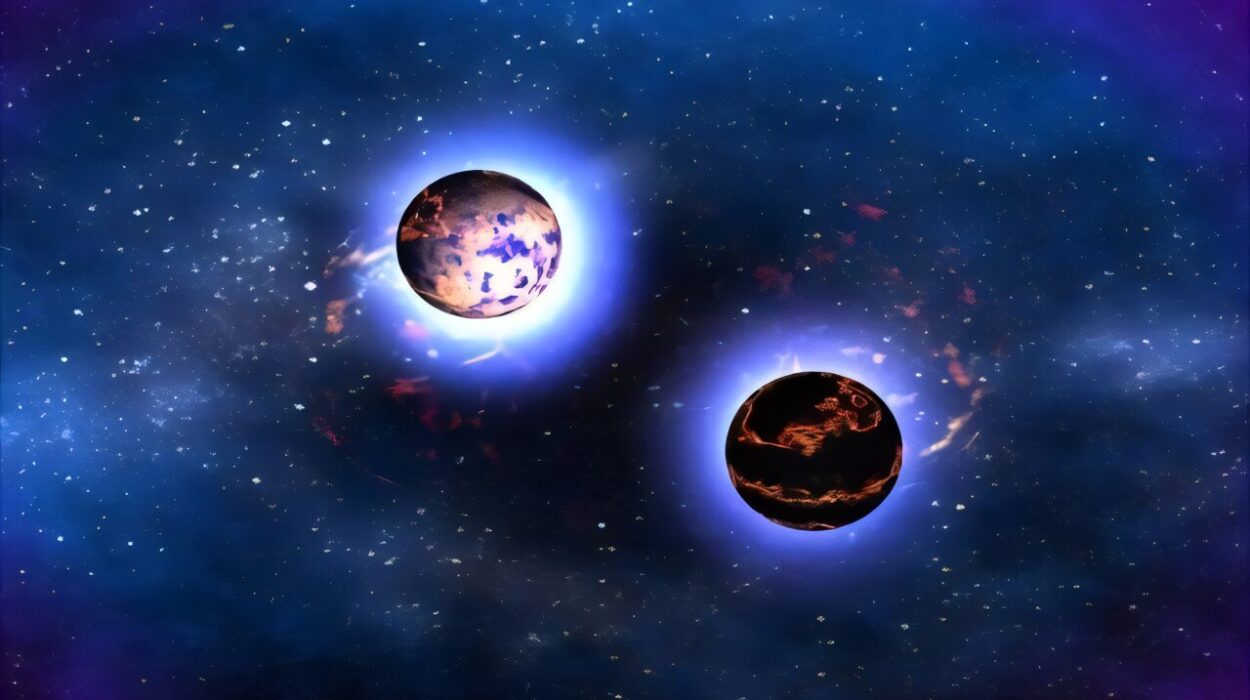Amid the vast, whispering void of the cosmos, where galaxies swirl and stars are born in clouds of cosmic dust, a silent, powerful force radiates across millions of light years. These are not the familiar, shining beacons of starlight we see with optical telescopes. Instead, they are ghostly apparitions in the radio sky—enormous structures pulsing with the echoes of ancient cosmic activity. Now, thanks to the cutting-edge capabilities of the Australian Square Kilometre Array Pathfinder (ASKAP), astronomers have unearthed 15 of these colossal entities: giant radio galaxies (GRGs), some stretching more than 12 million light years from end to end.
This new discovery, led by Dr. Baerbel Silvia Koribalski and her team at Western Sydney University, has cast a spotlight on a class of celestial objects so vast and elusive that they challenge our very understanding of how galaxies grow, interact, and evolve in the grand theatre of the universe.
What Are Giant Radio Galaxies?
Giant radio galaxies are not just large—they are monumental. These celestial giants are defined by their projected linear sizes exceeding 2.3 million light years (approximately 710 kiloparsecs), making them some of the largest single structures in the known universe. For comparison, our entire Milky Way galaxy is a mere 100,000 light years across.
At the heart of each GRG lies a supermassive black hole, often billions of times the mass of our Sun. These gravitational behemoths power colossal jets of charged particles that shoot out from the galaxy’s core at nearly the speed of light. As these jets travel into intergalactic space, they inflate enormous lobes of plasma, emitting radio waves as they interact with the surrounding medium. These lobes—some still blazing with youthful energy, others fading relics of ancient eruptions—are what we detect as giant radio galaxies.
The Power of ASKAP
While these structures are immense, they are not easy to detect. Their diffuse, low-brightness lobes are invisible to the naked eye and often too faint for older radio telescopes. This is where ASKAP comes into its own.
Operated by Australia’s national science agency, CSIRO, ASKAP is a marvel of modern engineering. Located in Western Australia’s remote Murchison region, this 36-dish interferometer operates between 700 and 1,800 MHz, using innovative Phased Array Feed (PAF) technology. This allows it to capture incredibly wide fields of view at high resolution, effectively scanning the sky up to 30 times faster than conventional systems.
ASKAP’s ability to detect faint, low-surface-brightness structures across massive swaths of sky makes it the ideal instrument for discovering GRGs. In this latest study, astronomers used 944 MHz PAF observations to scour the cosmos for these titanic shapes—identifying 15 new GRGs that had remained hidden until now.
Fifteen Giants, Fifteen Stories
Each of the 15 newly detected GRGs is a tale written in radio waves—a story of cosmic violence, galactic ambition, and interstellar struggle. Ranging in projected size from 3.7 to 12.36 million light years, they were detected at redshifts between 0.056 and 0.735, meaning some of them date back to when the universe was less than half its current age.
Among the sample, eight galaxies fall into the category of Fanaroff-Riley Class II (FR II) radio galaxies. These are the showstoppers of the radio universe, marked by bright hotspots at the terminal ends of their lobes. These hotspots are sites where high-speed jets slam into the intergalactic medium, creating brilliant outbursts of synchrotron radiation.
Four of the new GRGs are Fanaroff-Riley Class I (FR I), recognized by their strong central jets that gradually fade into space without the terminal fireworks. The remaining three show hybrid or intermediate characteristics, blurring the lines between these two major classes—possibly reflecting unique evolutionary histories or environmental interactions.
Two of the discoveries, ASKAP J0044–2317 and ASKAP J0059–2352, have been designated as candidate GRGs—promising leads that require deeper imaging and analysis to confirm their true scale and classification.
The Leviathan Among Them
Towering above the rest is ASKAP J0107–2347, the largest GRG in the new collection and arguably the most fascinating. This FR II-type galaxy sits at a redshift of 0.31 and is classified as a double-double radio galaxy (DDRG)—a rare breed characterized by two distinct pairs of lobes, a clear sign of episodic jet activity.
In other words, ASKAP J0107–2347 has turned its radio jets on not once, but twice, with a quiet period in between. Its inner lobes are compact and bright, spanning a staggering 2 million light years, while the outer lobes are ancient, faint, and stretched thin—echoes of a long-forgotten outburst now drifting in the intergalactic medium.
The presence of double-double morphology offers astronomers a rare opportunity to study the life cycles of radio galaxies, providing clues about how often their central engines shut down and restart, and what triggers these events.
Why GRGs Matter
Giant radio galaxies are more than just cosmic curiosities—they are natural laboratories for understanding the complex interplay between black holes, galaxies, and the intergalactic environment. Their immense size suggests they grow in low-density environments, where the lack of neighboring matter allows their radio lobes to expand freely over cosmic timescales.
Studying GRGs helps scientists piece together the puzzle of galaxy evolution, especially regarding feedback mechanisms—the processes by which active galactic nuclei (AGN) regulate star formation and shape the fate of their host galaxies.
Furthermore, GRGs act as cosmic weather vanes, revealing the structure and composition of the intergalactic medium (IGM). The way their jets bend, fade, or fragment can tell us about the density, temperature, and magnetic fields of the seemingly empty space they inhabit.
A New Era of Cosmic Cartography
The discovery of these 15 GRGs is not just an isolated achievement—it heralds a new era of systematic GRG hunting. ASKAP’s Evolutionary Map of the Universe (EMU) survey is expected to map 75% of the entire sky, likely uncovering thousands of GRGs in the coming years. Many of these may turn out to be even larger, fainter, or more complex than those currently known.
Moreover, the upcoming Square Kilometre Array (SKA)—set to become the largest radio telescope on Earth—will expand on ASKAP’s legacy, with even greater sensitivity and resolution. With the SKA, astronomers will be able to detect the faintest whisperings of ancient galaxies, exploring GRGs not just nearby but across the observable universe.
Echoes Across Time and Space
The 15 giant radio galaxies discovered by ASKAP are more than just astronomical records—they are echoes of ancient titans, stretching their limbs across intergalactic space. They remind us that the universe is far grander, more dynamic, and more mysterious than it appears in visible light alone.
Each GRG tells a story of a black hole’s fury, of plasma flung across the void, of billions of years of cosmic history etched into lobes of invisible fire. Thanks to ASKAP and the tireless work of astronomers, we are now reading those stories in greater detail than ever before.
And in doing so, we’re not just uncovering the structure of distant galaxies—we’re peering into the very heart of how the universe breathes, grows, and changes.
Reference: B. S. Koribalski, ASKAP Discoveries of Giant Radio Galaxies in the Sculptor field, arXiv (2025). DOI: 10.48550/arxiv.2504.07314
